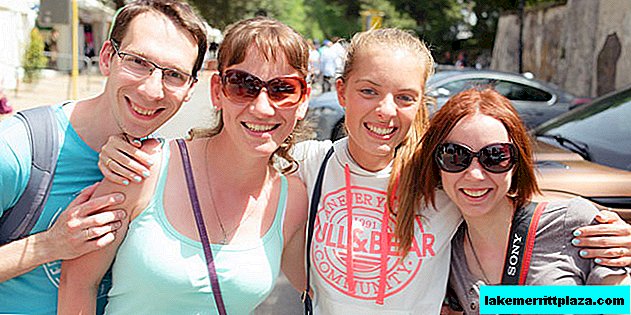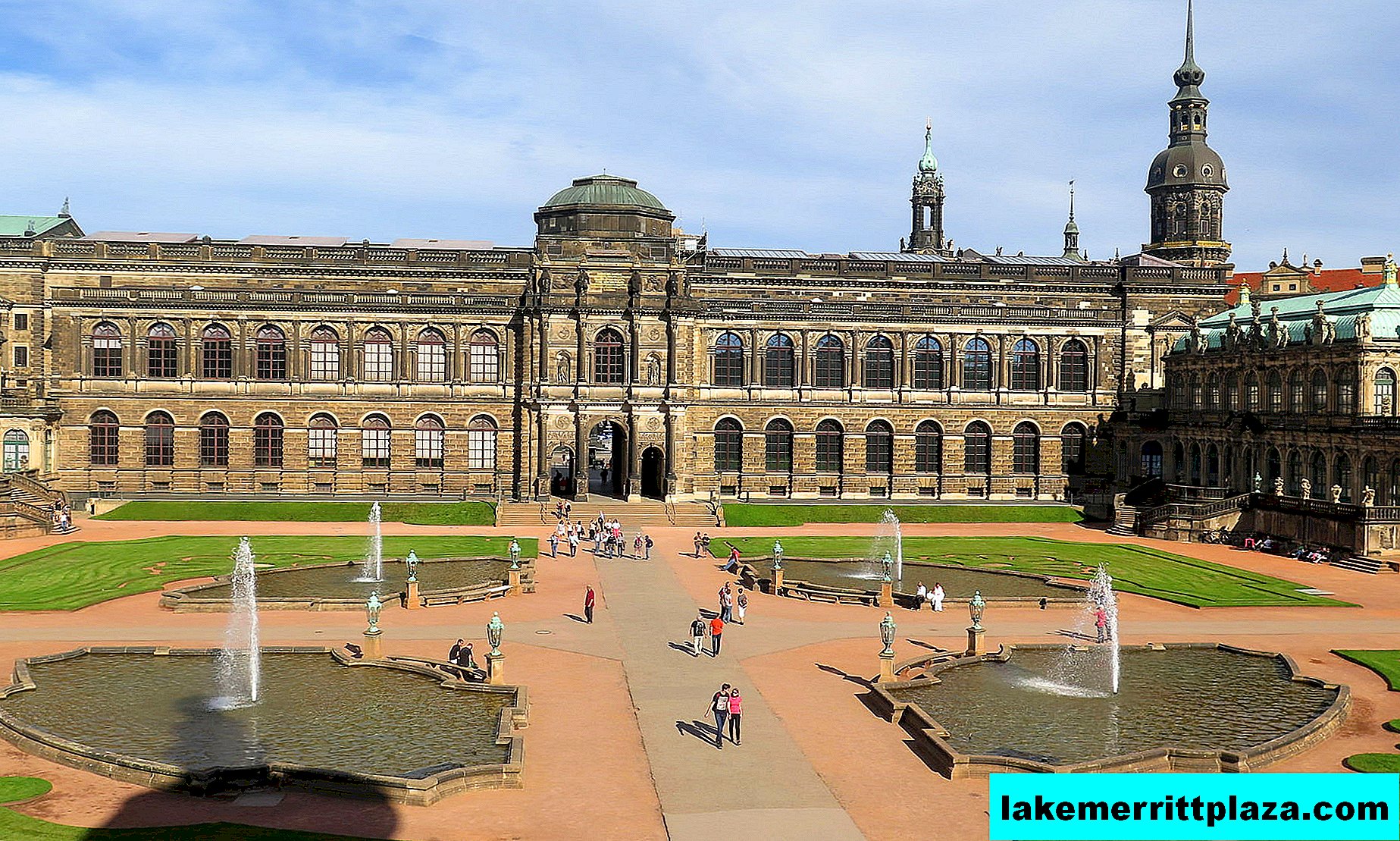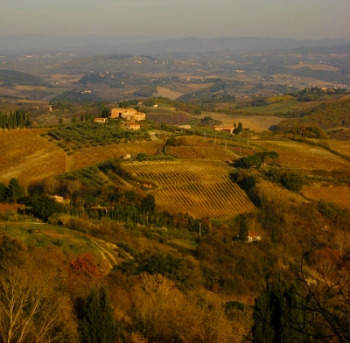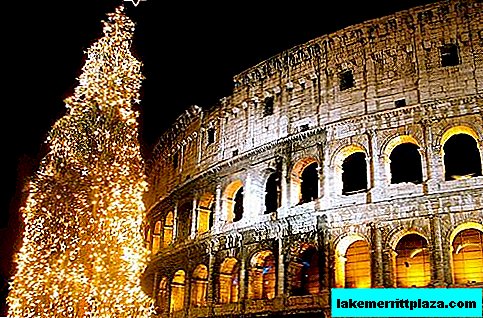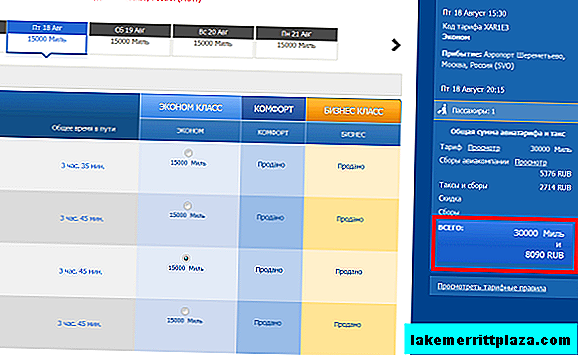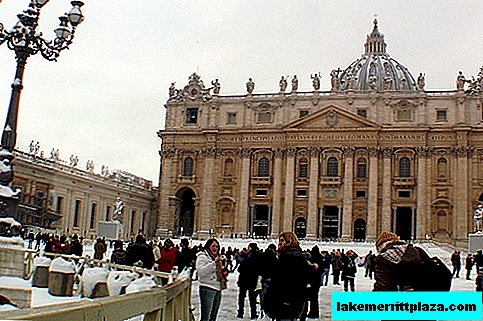Piazza del Popolo is a beautiful large square surrounded by churches, fountains and with a huge Egyptian obelisk in the center, which describes the acts of Pharaoh Ramses. Be sure to take a walk here in the evening when the square is beautifully illuminated.
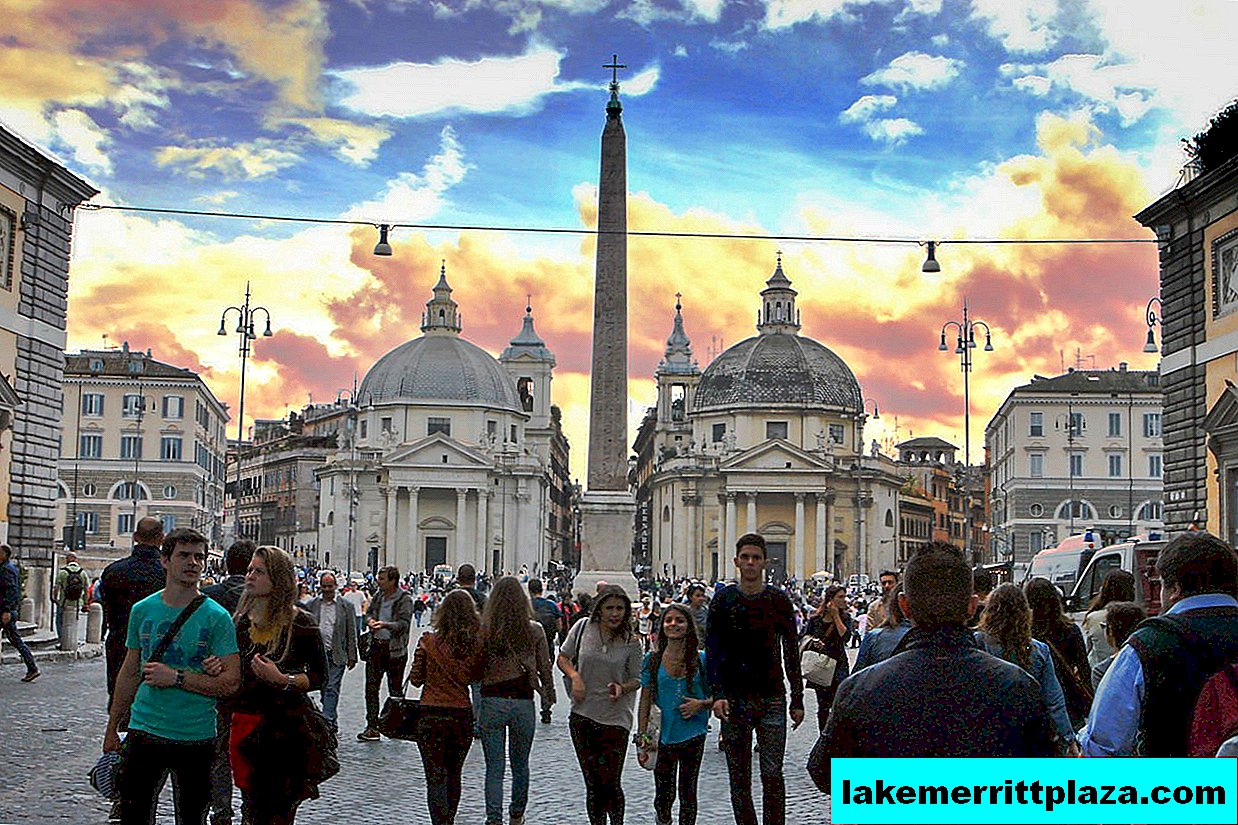
People's Square (Piazza del Popolo), photo by Flavio CDC
Piazza del Popolo has always occupied an important place in the life of the Romans. From it began the northern route to the coast. Piazza del Popolo was the first to meet travelers from the north and escorted Roman legions to the war. During the time of the Great Roman Empire, this area was much smaller. There were no beautiful sculptural compositions - there was only a fountain in which horses were fed and water was collected for washing.
Temple of Santa Maria del Popolo

Basilica of Santa Maria del Popolo (Basilica di Santa Maria del Popolo)
The square got its name after the Basilica of Santa Maria del Popolo (Basilica di Santa Maria del Popolo), built in 1472-1477 on the foundation of the Romanesque chapel of 1099. The church was built with folk money. In 1655-60. the facade of the temple was restored in the Baroque style by the sculptor Lorenzo Bernini.
Gate del Popolo
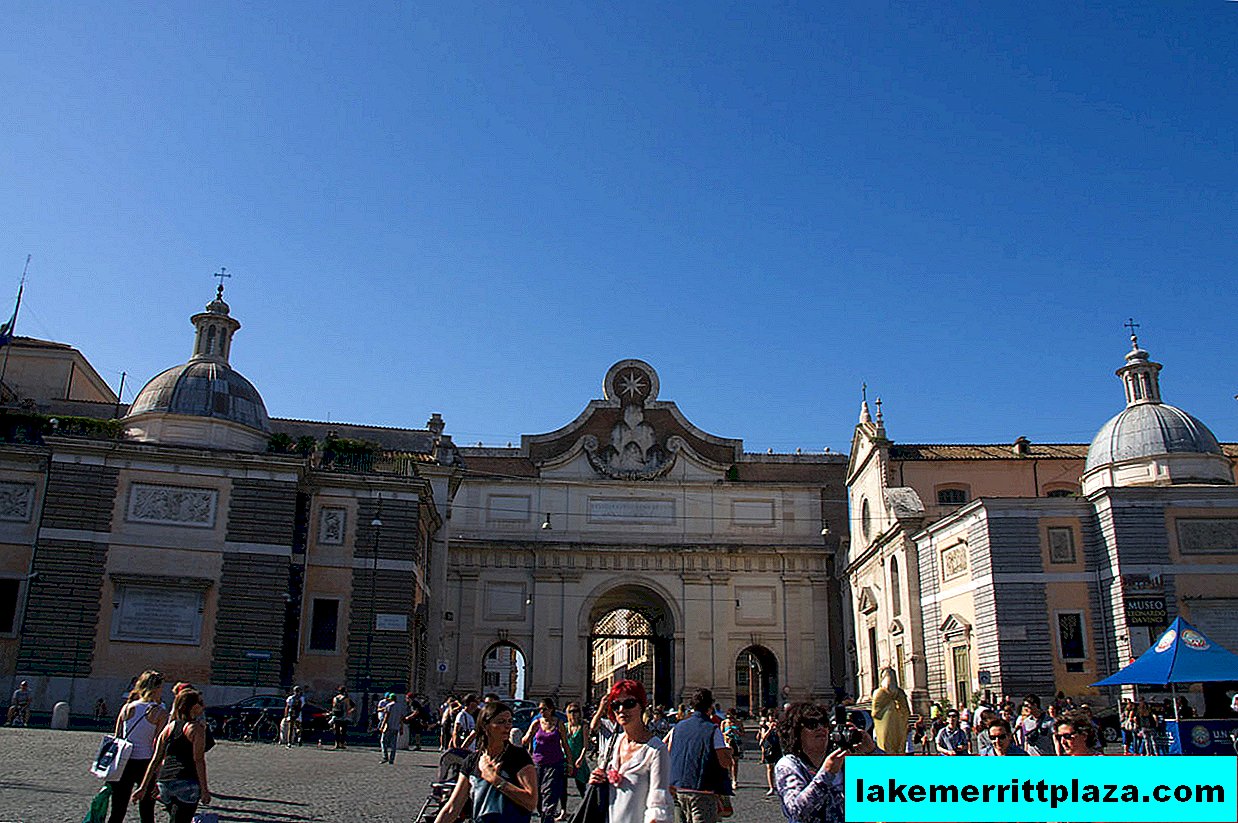
Gate del Popolo (Porta del Popolo)
On the north side of the square are the gates of del Popolo (Porta del Popolo), behind them begins the pilgrimage Flaminia road (Via Flaminia). For centuries, it has connected Rome with the Adriatic. Gate del Popolo (they are also called - the gate of Flaminia) was erected in the III century. Under Pope Sixte IV, they were rebuilt and restored in the 19th century.
Churches of Santa Maria in Montesanto and Santa Maria dei Miracoli
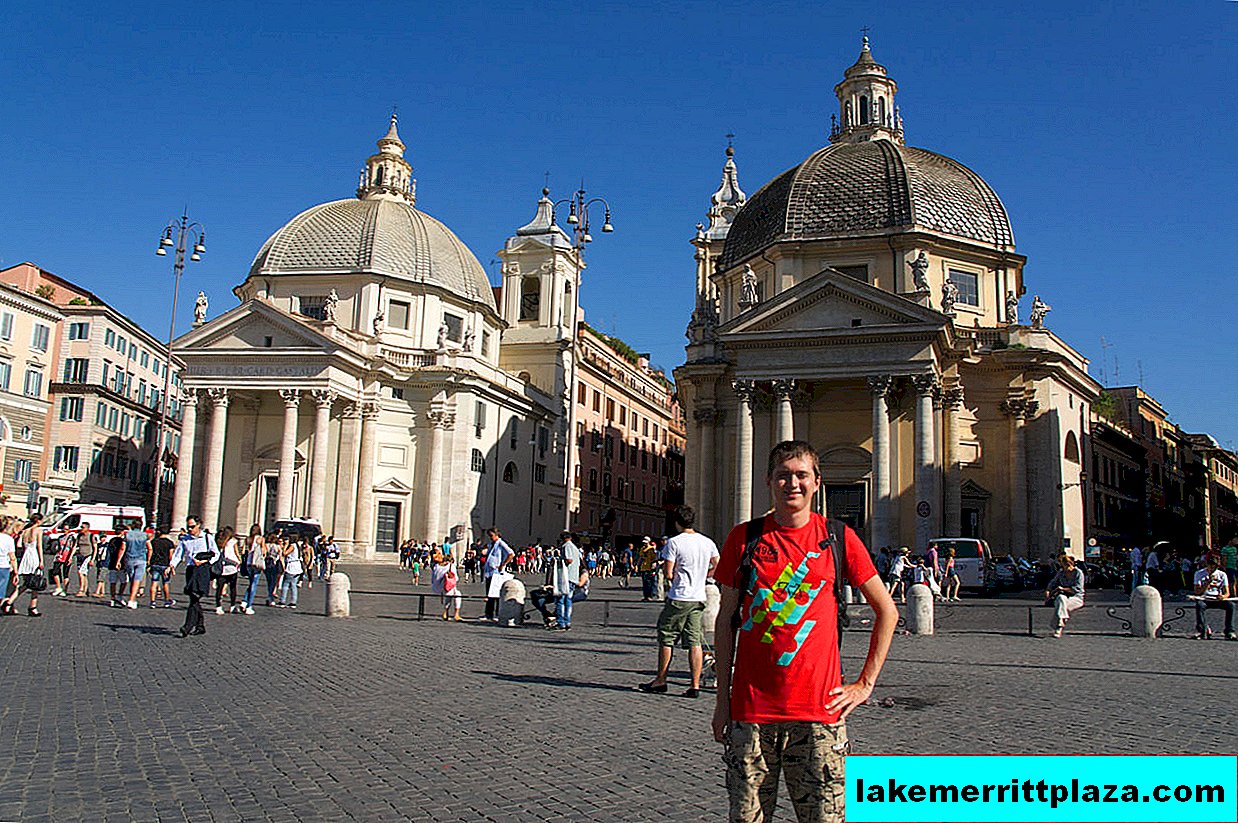
Churches of Santa Maria in Montesanto and Santa Maria dei Miracoli
In the ensemble of the square on the south side there are two temples: the oval basilica of Santa Maria in Montesanto (Basilica di Santa Maria in Montesanto), and the round one - Santa Maria dei Miracoli (Chiesa di Santa Maria dei Miracoli); years of construction 1662-1679. The architects of the buildings were Carlo Rainaldi, Carlo Fontana and Lorenzo Bernini. They had to give an oval shape to one of the churches to fit among the existing buildings of the square. Churches are located between 3 streets: Ripetta (Via di Ripetta), Corso (Via del Corso) and Babuino (Via del Babuino)
Pincho Hill
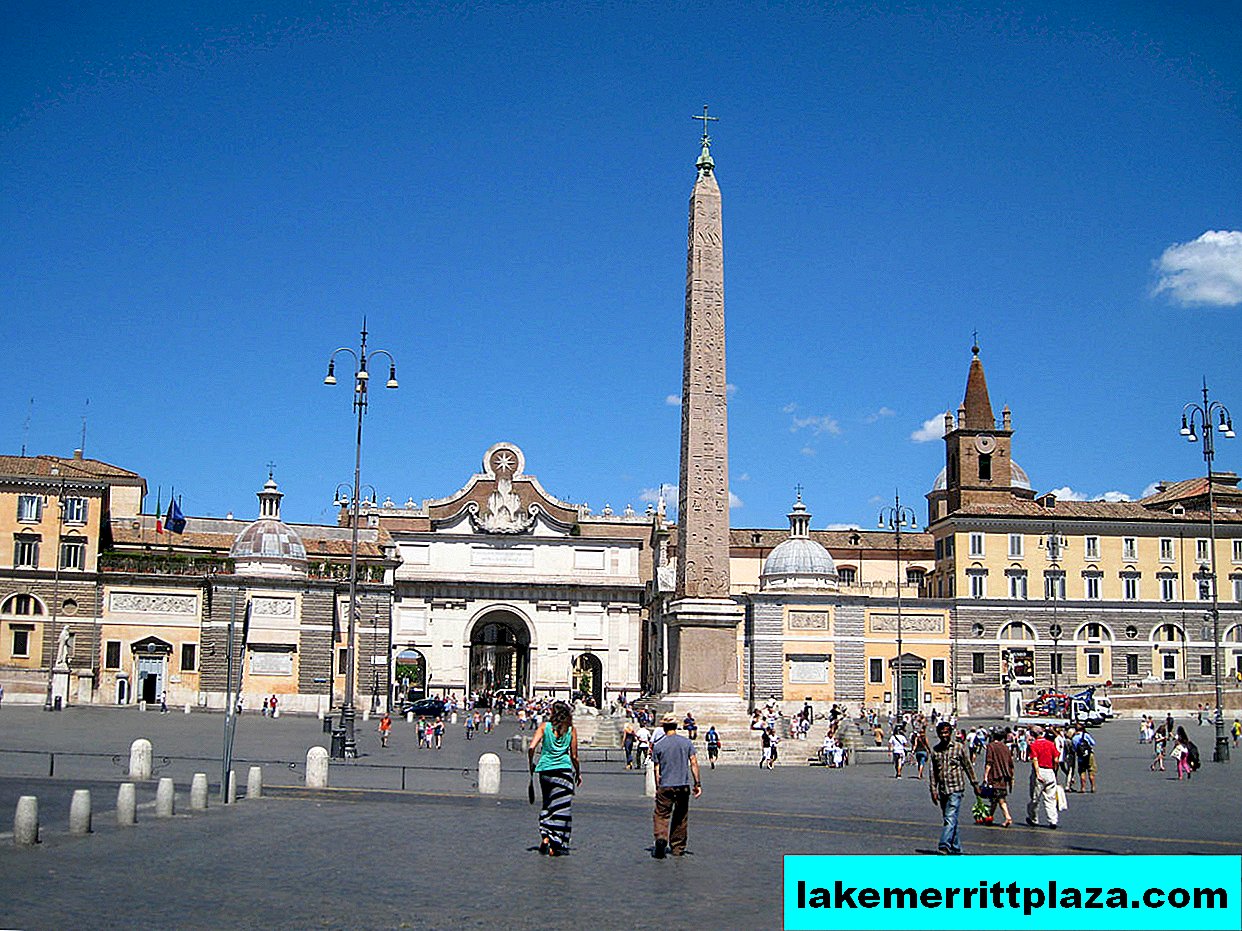
View of People's Square from Pincho Hill, photo by Ricardo Martín
On the east side, the square is sheltered from the winds by Pincio Hill. On the hill is a garden and park complex - Villa Borghese. This villa was the suburban residence of Cardinal Scipio Borghese. In the XVIII century, the gardens were redeveloped in the English style and since 1902 opened to the public.
Obelisk of Flaminia

Egyptian Obelisk, photo by antonio1989
The Egyptian obelisk of Ramses II (Obelisk of Flaminia - L'Obelisco Flaminio) is installed in the center of Popolo Square. His age is more than three thousand years. In ancient Egypt, he stood in the city of Heliopolis in front of the temple of the god Ra. The obelisk came to Rome as a trophy. Initially, a 24-meter building (and with a base and a cross - 36.50 m) was placed in the Circus Maximus. There he stood for many years, collapsed and collapsed. Architect Domenico Fontana, by order of the Pope, connected the wreckage and erected a restored obelisk in the middle of Piazza del Popolo.
Fountains
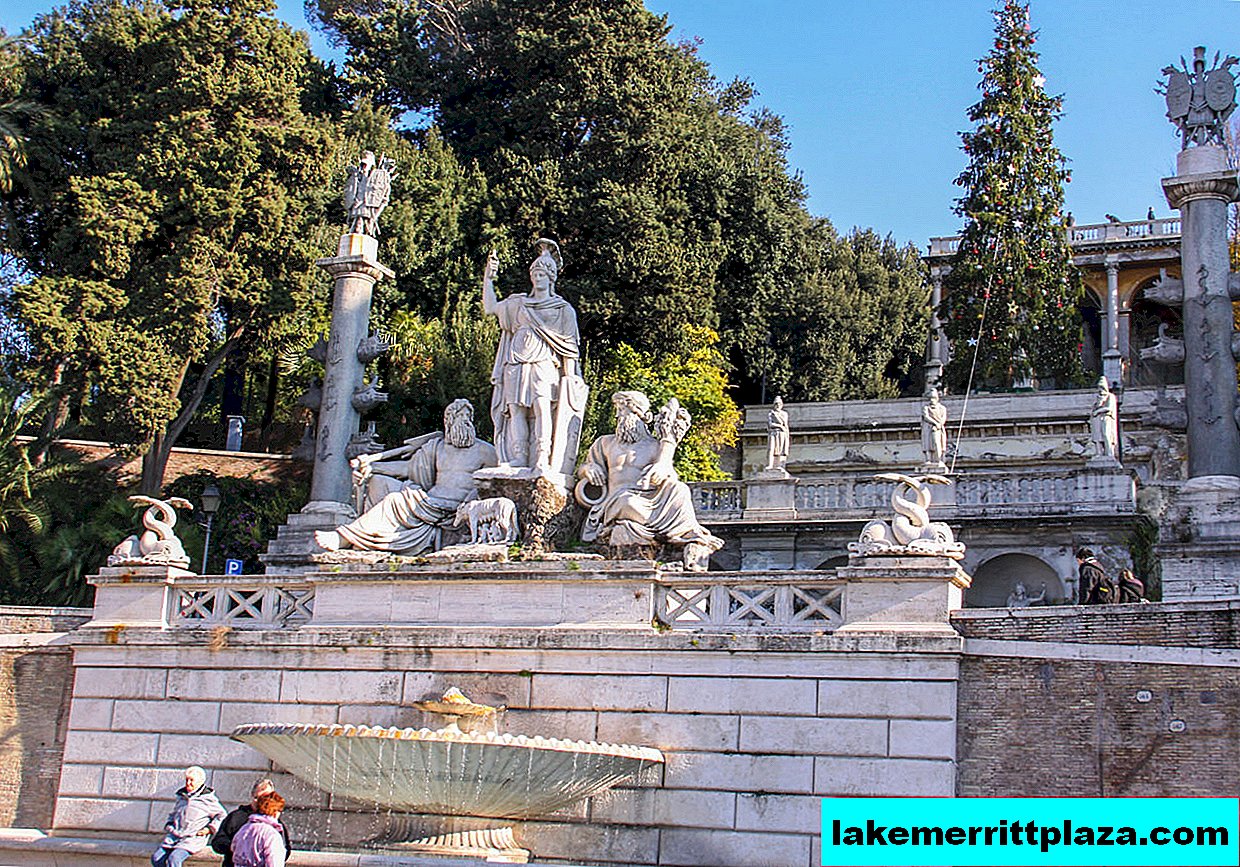
Fountain Roman Goddess, photo by Guido Jansen
The architectural ensemble of the square radically changed in 1811-12. The reconstruction was carried out by the architect Giuseppe Valadier. In those years, a garden on the Pincho hill was built, a platform with statues and fountains was created, supporting the Pincho terrace.
On the east side is the fountain of the Roman goddess. In the center of the sculptural composition rises the goddess of Rome, next to two bearded men - the symbols of the Tiber and Agnien rivers. At the feet of the goddess lies a she-wolf, feeding Romulus and Remus. From the fountain, Napoleon’s staircase rises to the Pincho hill.
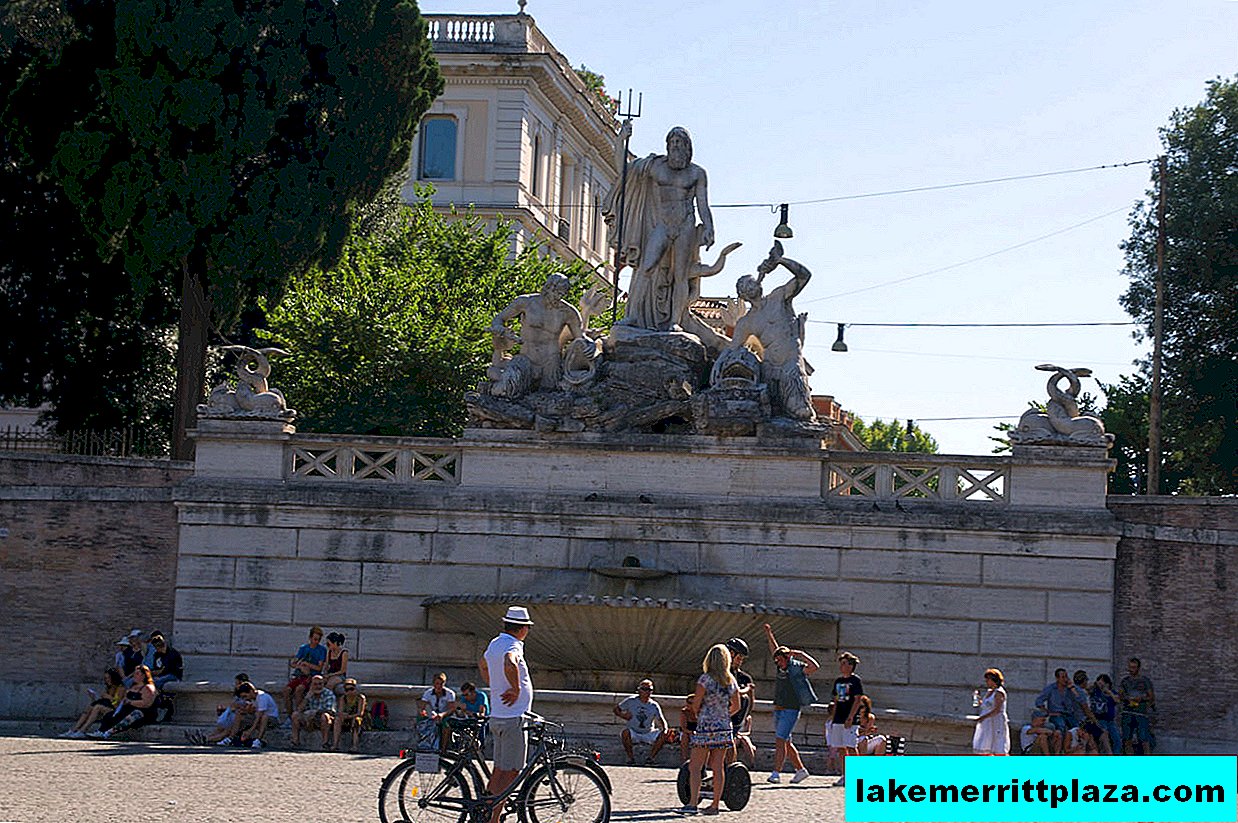
Neptune Fountain
On the west side we see the Neptune Fountain. The sea lord is in the company of two newts and is armed with a trident.
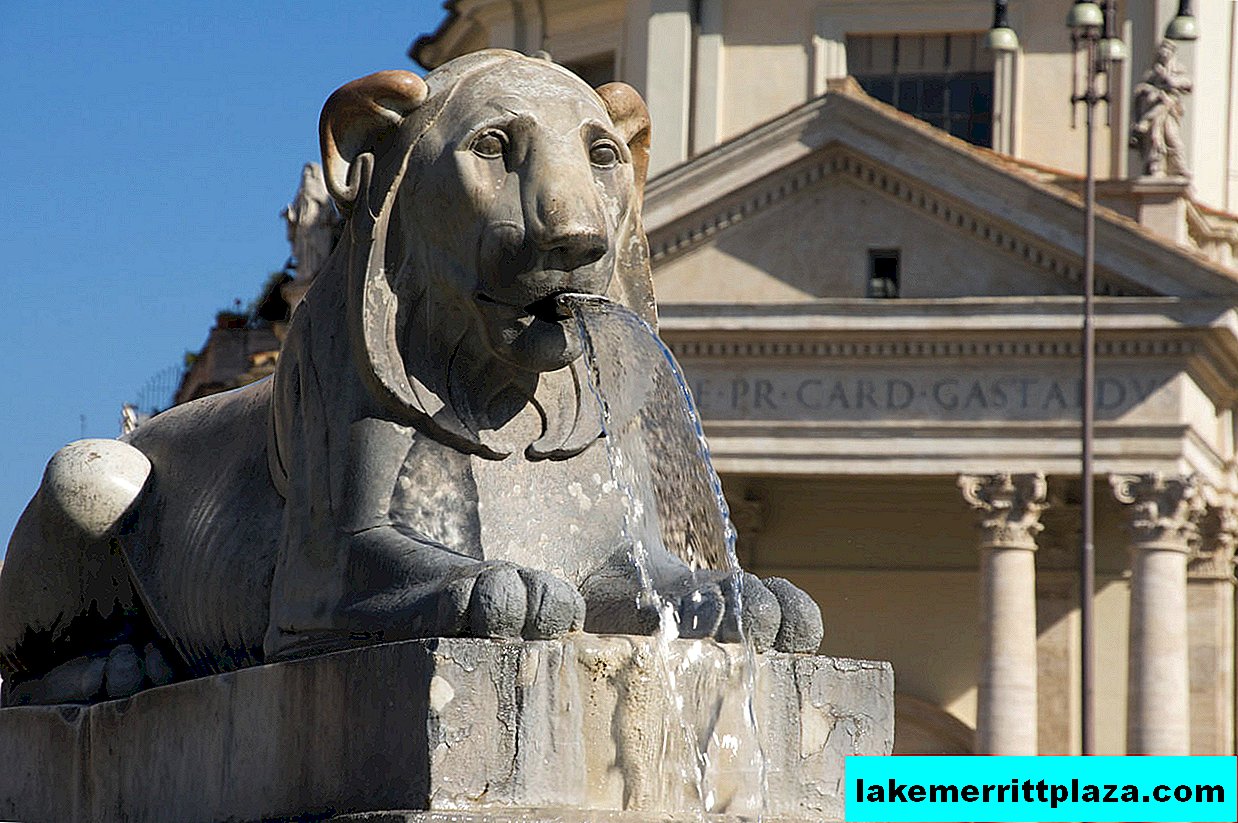
Lion fountain at the foot of the obelisk
In the 19th century, a fountain with four bowls and lions was built at the foot of the obelisk.
Area today
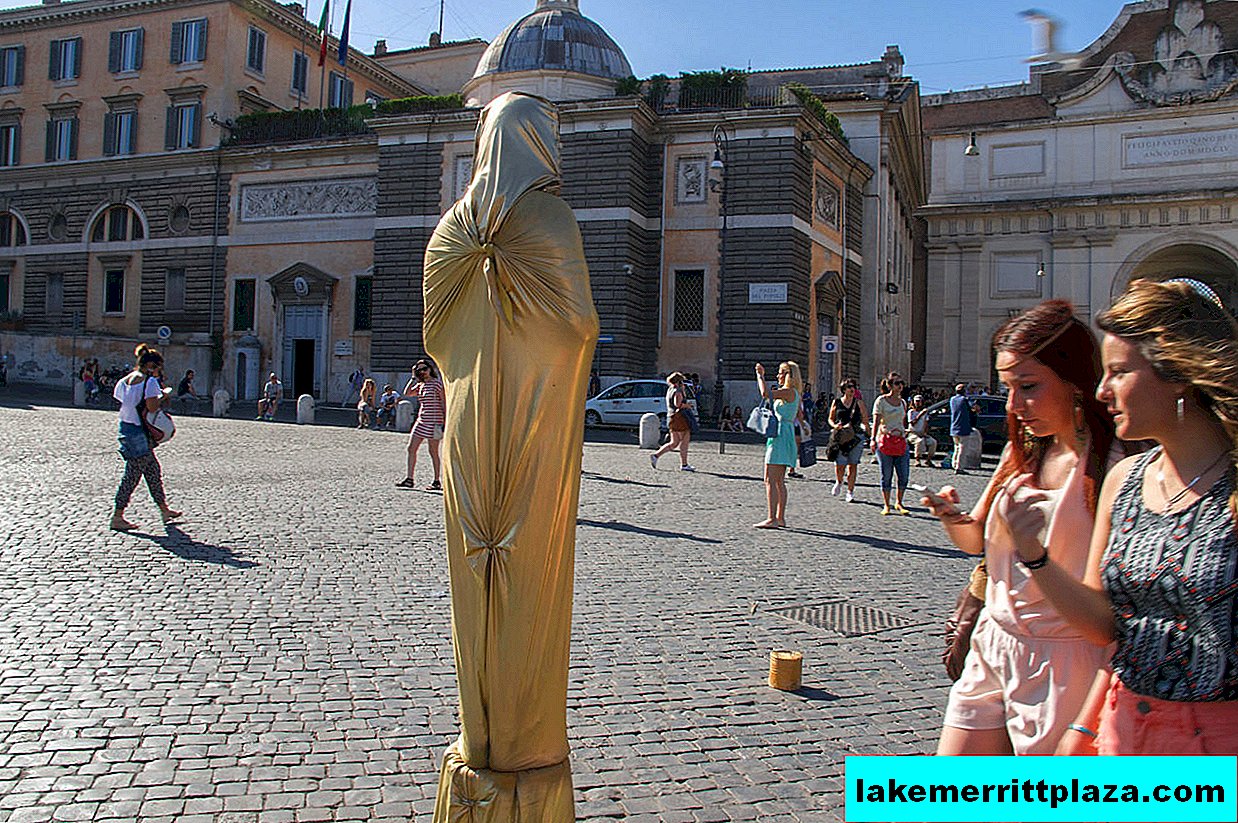
Living statues
It is hard to believe that the once beautiful Piazza del Popolo was the site of public executions (the last execution was carried out in 1826). Today it is a lively and welcoming walking area, occupying about 16 thousand m². Car traffic is prohibited here, but there are many cozy cafes. Tourists can climb onto the observation terrace of Pincho Hill, which offers panoramic views of Piazza Naroda and the surrounding Roman areas. Corso street, legendary among shopaholics, starts from the square. Young people like the evening bustle and entertainment, mini-concerts and performances of wandering actors in the square.
How to get there
People's Square is conveniently located relative to the main attractions: the Pantheon, the Trevi Fountain and the Borghese Gallery - 15 minutes; to the altar of the Fatherland and the Vatican - 20 minutes; to the Coliseum - 30 minutes.
Many bus and tram stops make it one of the main transport arteries of Rome. But it’s best to take the A line metro to Flaminio Station.

